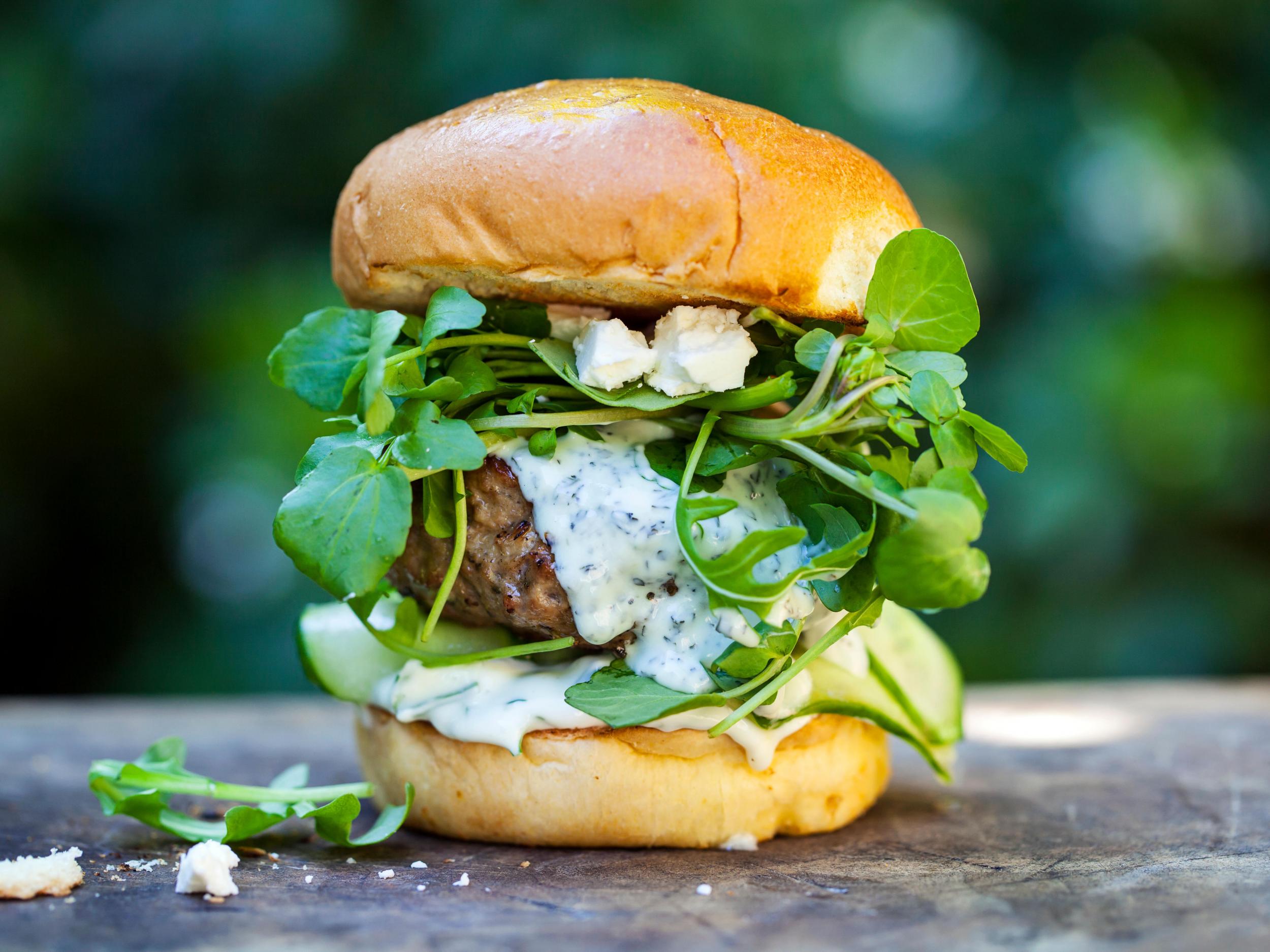Lamb, a meat supposedly hated by 13% of American diners, is gaining ground
As younger diners start showing more adventurous tastes, lamb is now on 20 per cent of all US restaurant menus, up from 17 per cent a decade ago

Lamb, of all things, is making a comeback in America.
Arby’s, a popular fast food chain known for roast beef, will soon start peddling lamb gyros year-round.
Sandwich seller Potbelly is offering a gyro flatbread; Yard House brewery, a lamb burger topped with feta cream cheese.
Meanwhile, fast-growing Mediterranean-style eateries such as Zoe’s Kitchen and Taziki’s, looking to their heritage, are featuring lamb meatballs and chargrilled lamb, along with hummus and pita.
As younger diners start showing more adventurous tastes, lamb is now on 20 per cent of all US restaurant menus, up from 17 per cent a decade ago, according to food researcher Datassential.
“With the influence of media, as well as things like the Food Network, you see an increase of just having lamb in front of people,” says Bob Gallagher, senior vice president of food and beverage at the Tony Roma’s chain. “People are more open to it.”
Lamb is the oldest domesticated meat, but it’s never quite tickled the American palate. It has long been relegated to the occasional splurge at steakhouses or as kebabs at Greek restaurants.
Only half of the population has even tried it; 13 per cent flat-out hate it, according to Claire Conaghan, Datassential group manager, who says it is often perceived as dry. There’s also the sad child factor: Lamb is a sheep, under 14 months old.
Since the 1960s, consumption has tumbled from nearly 5 pounds per person to less than 1 pound last year, compared with 55 for beef, 50 for pork and 108 for poultry, according to the United States Department of Agriculture.
The federal agency expects lamb prices to fall this year after an almost 5 per cent increase in 2017. (Veal is the only meat less popular, at one-fifth of a pound.)
Still, Arby’s Restaurant Group says it sold 6.5 million gyros in April, up from 6.1 million during the same month last year, when it was first offered. Yard House’s lamb burger is one of its top-selling non-beef varieties, alongside turkey, pork and vegan versions.
Black Angus Steakhouse is trying to draw in younger customers by pitching its New Zealand lamb as free range, says David Bolosan, the 44-store chain’s senior director of product innovation and procurement.
“It definitely resonates with millennials,” he says.
In Orlando, Florida, Matthew Imholte is sold. Last month, Imholte, 32, ate a Yard House lamb burger and was pleasantly surprised. “I didn’t realise lamb was going to taste so good,” he says.
On a recent weekend, for the first time, Imholte grilled medium-rare lamb loins for his family. Lamb T-bones now stock his freezer.
Imholte, a fitness coach and motivational speaker, says lamb seems wholesome to him. He might not want to look too closely, though. It’s red meat, which the Cleveland Clinic and other health authorities recommend limiting because it is high in saturated fat.
Consider the fine print on the Arby’s menu. One third of the 360-calorie “classic roast beef” sandwich is fat. Its lamb gyro? It’s one-half fat. The calorie count: 710.
© The Washington Post
Subscribe to Independent Premium to bookmark this article
Want to bookmark your favourite articles and stories to read or reference later? Start your Independent Premium subscription today.

Join our commenting forum
Join thought-provoking conversations, follow other Independent readers and see their replies